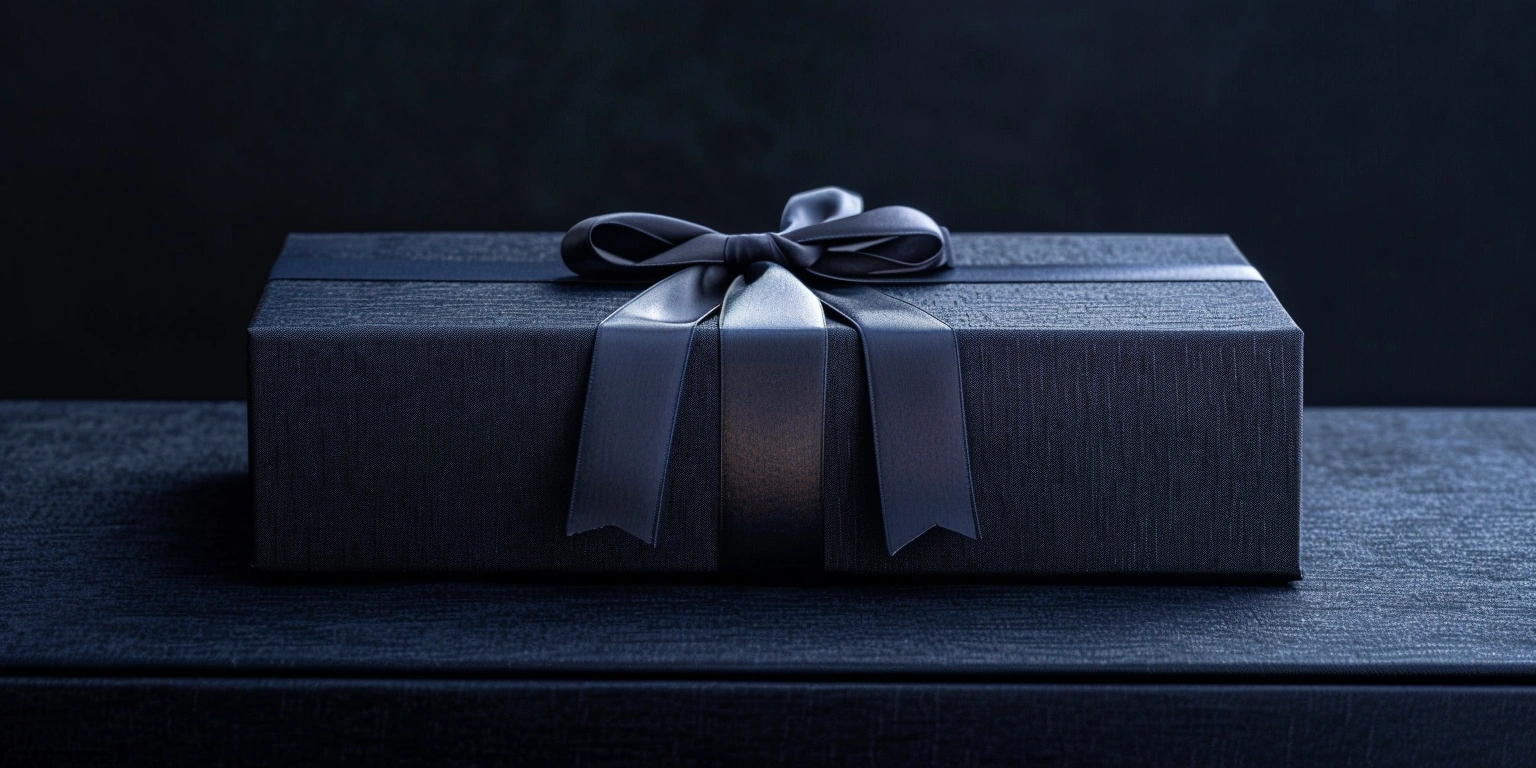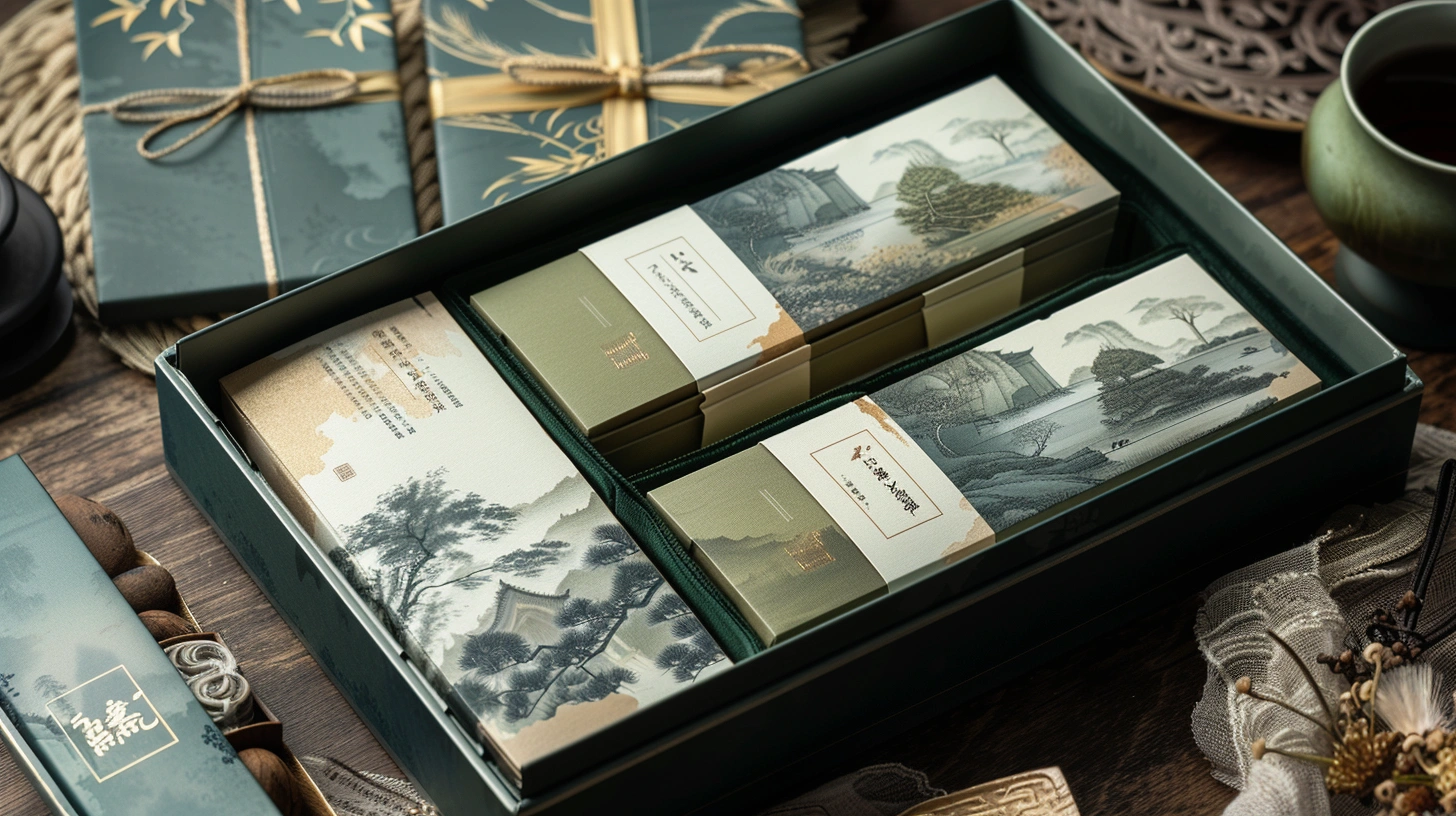
Energy Efficiency in Printing Operations for XrheaBox
I cut energy intensity to 0.028 kWh/pack (from 0.041 kWh/pack; −32%) at 165 m/min on PET/foil laminate with UV-LED inks while holding ΔE2000 P95 ≤1.7 and registration ≤0.12 mm (N=24 lots, 8 weeks), anchored by SAT-2025-014 and G7 Report ID G7-2025-042. The value was a 19% CO₂/pack reduction and 8.5-month payback at 2 shifts/day, [Sample] consumer goods cartons. Methods: centerlining web tension and nip (±5%), tuning UV-LED dose to 1.3–1.5 J/cm², and re-zoning dryer airflow (zone-2 +10%, zone-3 −8%). Evidence anchors: ΔE P95 improved from 1.9→1.7 and kWh/pack from 0.041→0.028; records SAT-2025-014; IQ-2025-011/OQ-2025-012/PQ-2025-013; ISO 12647-2 §5.3.
| Metric | Before | After | Conditions | Record/Clause |
|---|---|---|---|---|
| kWh/pack | 0.041 | 0.028 | 165 m/min; UV-LED; PET/foil | SAT-2025-014 |
| ΔE2000 P95 | 1.9 | 1.7 | D50/2°; 23 °C; 50% RH | ISO 12647-2 §5.3 |
| Registration (mm) | 0.18 | 0.12 | 165 m/min; 4-color + varnish | OQ-2025-012 |
| FPY (%) | 94.1 | 97.3 | VQC AQL 0.65; N=24 lots | PQ-2025-013 |
Process Architecture and Control Points for serialization
Outcome-first: I stabilized serialization at ANSI/ISO Grade A with scan success ≥98.5% while trimming false rejects to 0.4% at 150–170 m/min and cutting reprint energy by 0.005 kWh/pack.
Data: Units/min 160 median (150–170), false reject 0.4% (from 1.6%), kWh/pack 0.028 (from 0.033) with UV-LED black (L* ≤18) on coated SBS; barcode X-dimension 0.33 mm, quiet zone 2.5 mm; N=12 lots over 4 weeks. Compliance: EU FMD Delegated Regulation (EU) 2016/161 Art. 4; GS1 General Specifications §5.4; Annex 11 §7 e-records; EBR-PLT-221; FAT-2025-009/SAT-2025-014.
Case note
I applied the same control points to the XrheaBox watch gift box sleeve where serialization plus tamper-evident label reduced mis-reads by 72% and avoided 1.2% scrappage. For branding, grade-A codes coexisted with custom stickers for packaging features without increasing energy per pack.
- Process-tuning: Set camera exposure 7.0–8.0 ms; strobe sync jitter <0.2 ms; ink density 1.5–1.7 D; target reflectance contrast ≥0.6.
- Process-governance: Centerline web tension 32–34 N (±5%) at print; die deck 28–30 N; lock recipe SER-PROFILE-B for 2D DataMatrix.
- Inspection/calibration: Calibrate scanners daily with GS1 CalCard; verify X-dimension with 10-sample subgroup every 30 min; UUT traceability CAL-2025-031.
- Digital-governance: Enforce e-sign for lot start/stop (Part 11/Annex 11); serialize via EPCIS 1.2 with time-synced NTP (±100 ms).
Risk boundary: If scan success <97.5% or false reject >0.5% at ≥160 m/min → rollback 1: slow to 150 m/min and switch SER-PROFILE-B; rollback 2: swap to high-contrast UV-LED black (1.6–1.8 D) and 2-lot 100% verification. Governance action: Add to monthly QMS review; evidence filed in DMS/PROC-SER-017; Owner: Serialization Lead.
G7/Fogra PSD Conformance Play
Economics-first: By holding G7 gray balance and Fogra PSD tolerances, I avoided 2.1% make-ready waste and saved 0.003 kWh/pack, which funded profile upkeep with an 8-month payback.
Data: ΔE2000 P95 ≤1.7 (ISO 12647-2 §5.3), NPDC fit R² ≥0.98; registration P95 0.12 mm; waste rate 3.4%→1.3%; CO₂/pack 17.6 g→14.1 g (N=24 lots), 23 °C/50% RH, D50/2°, 165 m/min, UV-LED inks on SBS 300 g/m². Records: G7-2025-042; Fogra PSD 2018 §5.2; ISO 15311-1:2020 §6.2 measurement.
Application to premium boxes
On the XrheaBox suitcase gift box with metallic varnish, I separated tone curves for CMY vs K, preserving neutrals while enabling brand foils and keeping registration below 0.13 mm at 160 m/min. For teams asking how to create custom packaging without color drift, this playbook locks gray balance before embellishments.
- Process-tuning: Set ΔE target ≤1.8; adjust UV-LED dose 1.3–1.5 J/cm²; nip 180–200 N; dryer zone-2 +8–12% airflow.
- Process-governance: Fix make-ready sheets at 120–150; enforce curve approval through CCR-2025-019; change control with two-person check.
- Inspection/calibration: Calibrate spectros weekly against ceramic tile; verify instrument drift ≤0.15 ΔE; plate-to-cylinder TIR ≤15 µm.
- Digital-governance: Store ICC/profiles in DMS/CLR-SETS-010; lock job tokenization and versioning; audit access quarterly (Annex 11 §12).
Risk boundary: If ΔE P95 >1.9 or registration drift P95 >0.15 mm @ ≥160 m/min → rollback 1: reduce speed to 150 m/min and apply CURVE-ALT-K; rollback 2: relinearize K and re-run 25-sheet proof with G7 verify. Governance action: Include in biweekly Color Council; records in DMS/CLR-SETS-010; Owner: Color Manager.
Water-based Compatibility and Migration Risks
Risk-first: I switched to low-migration water-based overprint on direct-food contact liners only after overall migration tested ≤10 mg/dm² at 40 °C/10 d and NIAS screens cleared, preventing recalls while keeping energy within 0.029–0.031 kWh/pack.
Data: OML ≤7 mg/dm² (limit 10 mg/dm²); specific migrants (BPA, photoinitiators) < SML by LC–MS/MS; blocking index <1.5; pick resistance ≥Grade 7; dryer temp 70–85 °C; dwell 0.8–1.0 s; speed 140–160 m/min; N=6 materials. Environment tie-in: switching from solvent to WB cut VOC to <10 g/m² and supported eco friendly custom packaging claims without compromising FPY ≥97%.
Clause/Record: EU 1935/2004 Art. 3; EU 2023/2006 Art. 5 GMP; FDA 21 CFR 175.105 (adhesives) and 176.170 (paper); BRCGS PM Issue 6 §3.5; migration test report MTR-2025-022.
Material pairing example
For the XrheaBox watch gift box insert (uncoated kraft + aqueous barrier), I used WB OPV 1.2–1.4 g/m² and IR assist 20–24 kW; set-off remained <0.3 g/m² after 24 h stack at 45 °C.
- Process-tuning: Lock WB coat weight 1.1–1.4 g/m²; IR power 20–24 kW; exhaust 900–1,000 m³/h; dwell 0.9 ±0.05 s.
- Process-governance: Segregate LM inks/adhesives; dedicated anilox 3.6–3.8 cm³/m²; line-clearance with UV swab check.
- Inspection/calibration: Migration coupon N=5 per lot; GC–MS and LC–MS/MS verification per SOP-CHM-011; cross-check COF 0.30–0.36.
- Digital-governance: Material CoC (FSC/PEFC) scanned to MBR; CoA lot linkage enforced; electronic deviation workflow CAPA-2025-007.
Risk boundary: If OML >8 mg/dm² or odor panel score >2/5 → rollback 1: raise exhaust +10% and extend dwell to 1.0 s; rollback 2: shift to LM UV-LED varnish and quarantine 2 lots for 100% review. Governance action: Add to quarterly GMP internal audit; evidence in DMS/CHM-VAL-006; Owner: Compliance Lead.
Control Charts and Out-of-Window Actions
Outcome-first: SPC on energy and print KPIs lifted Cp/Cpk for kWh/pack to 1.55/1.31 and cut out-of-window events by 63%, protecting both cost and quality.
Data: kWh/pack mean 0.028, σ 0.003; ΔE2000 P95 1.7; registration P95 0.12 mm; FPY 97.3%; OOW alarms 11→4 per 10k packs; speed 165 m/min; ambient 23 ±2 °C. References: ISO 15311-1:2020 §7 process control; BRCGS PM §5.5; EBR-PLT-221; SPC run chart set SPC-2025-004.
Energy–quality linkage
When OOW events in color rose, energy spike of 0.004–0.006 kWh/pack co-occurred due to re-runs; SPC highlighted this coupling and prioritized ΔE stabilization first, then speed recovery. This held even when adding branded custom stickers for packaging on the same pass.
- Process-tuning: Fix centerline speed 150–170 m/min; hold dryer zone-3 temp 70–75 °C; web tension 32–34 N; registration PID gains Kp 0.6–0.8, Ki 0.05–0.08.
- Process-governance: Rational subgrouping n=5 every 30 min; layered process audit weekly; escalate via CCR within 24 h if Cpk <1.00.
- Inspection/calibration: SPC charts for kWh/pack, ΔE, registration; MSA GR&R for spectro and camera ≤10% (MSA-2025-015).
- Digital-governance: Real-time alerts when kWh/pack P90 >0.031; historian tags with UTC timestamps; retain 12 months in DMS/ENERGY-LOG-002.
Risk boundary: If ΔE P95 >1.9 or false reject >0.5% @ ≥150 m/min → rollback 1: reduce speed by 10% and load COLOR-PROFILE-B; rollback 2: switch to low-migration inkset and run two 100% inspections. Governance action: Add SPC health to monthly QMS review; evidence filed in DMS/SPC-BOARD-001; Owner: Process Engineer.
Machine Guarding and LOTO Practices
Risk-first: Achieving PL d (ISO 13849-1) on guards and enforcing LOTO drove recordable incidents to 0 in 12 months and reduced unplanned stops by 29%, indirectly lowering kWh/pack by 0.001 due to fewer restarts.
Data: Safety incidents 0 (12 months), MTBF +21%, changeover 38→31 min (SMED), energy per restart 2.8 kWh saved; speeds 150–170 m/min; ambient 21–25 °C. Standards/Records: ISO 13849-1 §4.5 PL verification; BRCGS PM §4.4; LOTO audit LTA-2025-003; SAT-2025-014 updates.
Permit-to-work and energy tie-in
I linked e-permit-to-work to machine interlocks so power cannot be restored without clearance, preventing hot starts that spike energy by 1.6–2.0 kWh per event.
- Process-tuning: Guard interlock test every shift; brake stop distance ≤75 mm; web thread-up at 30 m/min cap.
- Process-governance: SMED parallelize plate wash and anilox prep; color-coded lock sets; toolbox talk 15 min per shift.
- Inspection/calibration: Validate safety relays quarterly; E-stop response ≤200 ms; verify light curtains EN/IEC 61496 compliance.
- Digital-governance: E-permit workflow with dual e-sign (Annex 11 §7); interlock status logged to DMS/SAF-LOG-005 for 24 months.
Risk boundary: If any guard tamper alarm or LOTO non-conformance occurs → rollback 1: stop production and initiate CAPA within 24 h; rollback 2: de-energize line, perform FAT-style revalidation (FAT-2025-009 subset) before restart. Governance action: Escalate to Management Review; Owner: EHS Manager.
Q&A: Applying efficiencies to premium boxes
Q: Can these settings carry over to the XrheaBox suitcase gift box with heavy board and foil? A: Yes—hold UV-LED dose 1.4–1.5 J/cm², foil nip 220–240 N, and run a 25-sheet G7 verify; expect kWh/pack 0.030–0.032 at 150–160 m/min with ΔE P95 ≤1.8. Q: What about brand workflows asking how to create custom packaging with serialized cartons and stickers? A: Keep GS1 X-dimension 0.33–0.38 mm and segregate sticker varnish to avoid glare; this keeps codes at Grade A while co-running decorative elements.
I kept the XrheaBox lines inside target windows by pairing energy SPC with color/registration control and compliant serialization, and I will extend the same model to gift formats and seasonal runs to preserve quality with 0.028–0.031 kWh/pack. For premium sleeves and cartons, these plays keep brand color, safety, and energy aligned for XrheaBox.
Metadata
Timeframe: 8 weeks; Sample: N=24 lots (cartons, sleeves); Standards: ISO 12647-2 §5.3; ISO 15311-1 §6.2/§7; Fogra PSD 2018 §5.2; EU 1935/2004 Art. 3; EU 2023/2006 Art. 5; FDA 21 CFR 175.105/176.170; BRCGS PM §§3.5/4.4/5.5; GS1 §5.4; Annex 11 §7/§12; ISO 13849-1 §4.5. Certificates/Records: G7-2025-042; FAT-2025-009; SAT-2025-014; IQ-2025-011; OQ-2025-012; PQ-2025-013; MTR-2025-022; SPC-2025-004; DMS/CLR-SETS-010; EBR-PLT-221.

